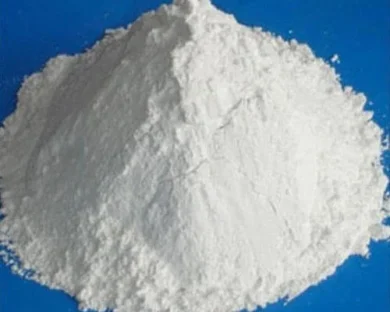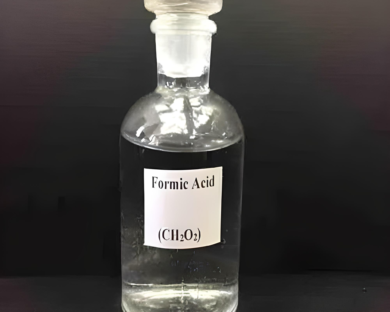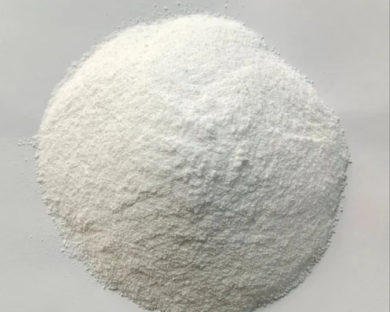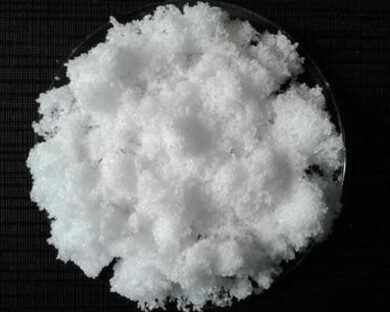Iron Oxide
IRON OXIDE
Iron oxide is an inorganic compound with higher iron content. It is also called a ferric oxide and is one of the three main oxides of iron. Ferric trioxide, a mineral named hematite, is the main source of iron for the steel industry. It is readily attacked by acids. Iron oxide is known as rust because rust having similar compositions shares several properties. In chemistry, rust is taken as an ill-defined material, described as Hydrous ferric oxide. It appears as a reddish-brown solid. Its crystal structure is rhombohedral. It reacts with water and sulphuric acid. It is an odorless substance that is insoluble in water but highly soluble in acids. It occurs in abundance naturally.
It is a chemical complex comprising iron and oxygen occurring naturally. Iron oxide is vital to humans and beneficial in most geological activities. This iron oxide is sometimes required for investigations of its own particular properties or used as starting materials for other chemical processes. Submission to fumes from Iron Oxide causes fever. This is a flu-like condition with metallic taste signs, fever, aches, chest tightness, and cough. Ferrous Oxide is highly flammable and reactive and combusts in air spontaneously. Black iron oxide which is magnetite is used for corrosion resistance, too.USES AND APPLICATIONS FOR Iron Oxide
It has some uses as following:
- The black iron oxide is used in both copperplate and die stamping inks.
- It works as a pigment of natural titanium dioxide.
- Its salt is served as a flocculant in wastewater treatment, the dyeing of textiles, and the production of fertilizer and feed additives.
- It is utilized as a polishing material in the jewelry trade.
- It is served for precipitating copper and lead from solutions of their salts and in an electric furnace.
- Iron oxides are used as a contrast agent in magnetic resonance imaging.
IRON OXIDE
Iron oxide is an inorganic compound with higher iron content. It is also called ferric oxide and is one of the three main oxides of iron. Ferric trioxide, a mineral named hematite, is the main source of iron for the steel industry. It is readily attacked by acids. Iron oxide is known as rust because rust with similar compositions share several properties. In chemistry, rust is taken as an ill-defined material, described as Hydrous ferric oxide. It appears as a reddish-brown solid. Its crystal structure is rhombohedral. It reacts with water and sulphuric acid. It is an odorless substance that is insoluble in water but highly soluble in acids. It occurs in abundance naturally.
Applications: It finds extensive use across a wide spectrum of industries, owing to its versatility and reliability. Some of its primary applications include:
- Construction Industry: In the construction sector, pigments are utilized in the manufacturing of concrete, mortar, bricks, and paving stones. These pigments add color to architectural elements, enhancing the aesthetic appeal of buildings and infrastructure projects while providing long-lasting durability.
- Paints and Coatings: It serves as a crucial ingredient in the formulation of paints, coatings, and stains. Whether used in architectural paints, automotive coatings, or industrial finishes, iron oxide pigments offer excellent color consistency, weather resistance, and adhesion, ensuring superior performance in various environments.
- Plastics and Polymers: The plastics industry extensively employs iron oxide pigments for coloring thermoplastics, thermosetting resins, and rubber compounds. These pigments not only provide vibrant coloration but also contribute to the UV stability and heat resistance of plastic materials, expanding their applications in diverse sectors.
- Cosmetics and Personal Care: It pigments are commonly utilized in cosmetics and personal care products, including makeup, skincare formulations, and hair dyes. Their safety, non-toxicity, and skin-friendly properties make them an ideal choice for achieving desired color effects in beauty products.
- Artistic Expression: Artists and craftsmen utilize iron oxide pigments in various artistic endeavors, including painting, pottery, sculpture, and textile dyeing. The rich, earthy tones offered by iron oxide pigments allow artists to create captivating works of art with lasting vibrancy.
Environmental and Regulatory Considerations: It pigments are known for their environmentally friendly nature, as they are non-toxic and pose minimal risk to ecosystems and human health. Furthermore, many formulations of iron oxide pigments are manufactured using sustainable processes, minimizing environmental impact. Compliance with regulatory standards such as REACH (Registration, Evaluation, Authorization, and Restriction of Chemicals) ensures the safe use and handling of iron oxide pigments in various applications
It is a chemical complex comprising iron and oxygen that occurs naturally. It is vital to humans and beneficial in most geological activities. It is sometimes required for investigations of its own particular properties or used as starting materials for other chemical processes. Submission to fumes from it causes fever. This is a flu-like condition with metallic taste signs, fever, aches, chest tightness, and cough. Ferrous Oxide is highly flammable and reactive and combusts in air spontaneously. Black iron oxide, which is magnetite, is used for corrosion resistance, too. It has some uses, such as following:
- The black iron oxide is used in both copperplate and die stamping inks.
- It works as a pigment of natural titanium dioxide.
- Its salt is served as a flocculant in wastewater treatment, the dyeing of textiles, and the production of fertilizer and feed additives.
- It is utilized as a polishing material in the jewelry trade.
- It is served for precipitating copper and lead from solutions of their salts and in an electric furnace.
- Iron oxides are used as a contrast agent in magnetic resonance imaging.




